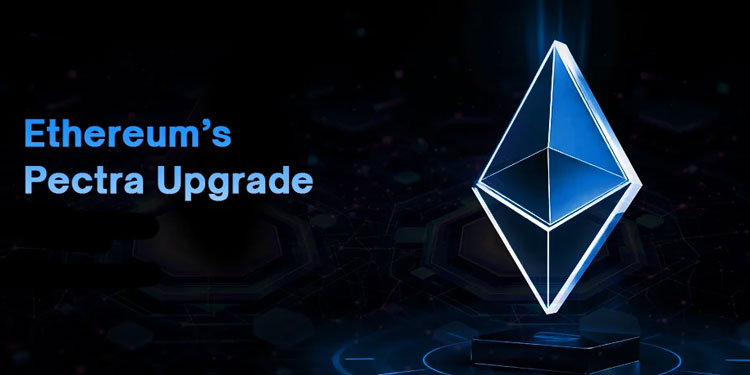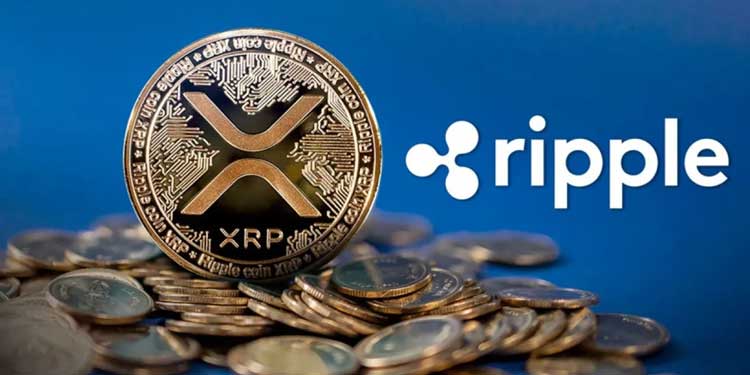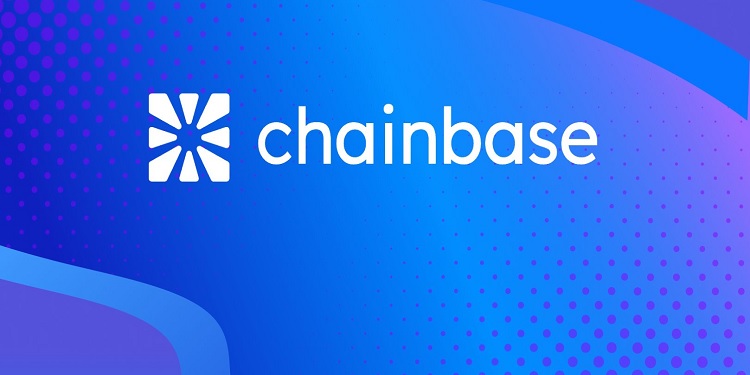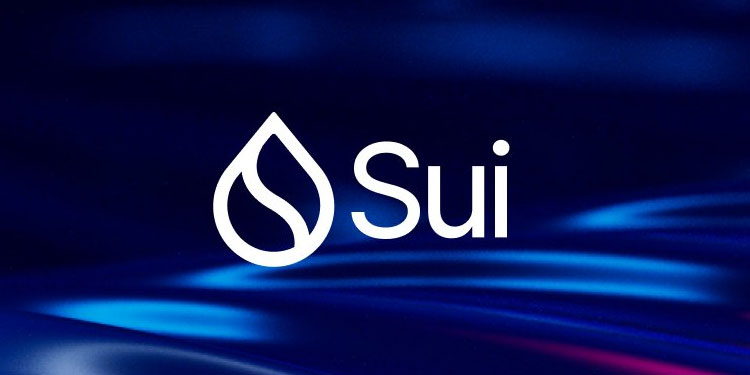Ethereum, the second-largest blockchain network by market capitalization, is poised for a significant technological transformation with the upcoming launch of its long-anticipated Pectra upgrade. Scheduled for deployment on May 7, 2025, this development follows delays caused by technical issues on earlier testnets such as Holesky and Sepolia. With successful testing now completed on the Hoodi testnet, Ethereum’s development community has confirmed that the mainnet is ready for the upgrade.
Pectra is being positioned as one of the most consequential updates since The Merge in 2022, which transitioned Ethereum from proof-of-work (PoW) to proof-of-stake (PoS), significantly reducing energy consumption. This new upgrade is expected to build on that momentum, focusing on improving user experience, validator management, network efficiency, and overall accessibility within the ecosystem.
A Decade of Innovation and a New Chapter
Since its initial launch in 2015, Ethereum has played a leading role in shaping blockchain technology, particularly through the introduction of smart contracts. Over the years, it has undergone several important upgrades—Homestead, Byzantium, Constantinople, Istanbul, and The Merge—all contributing to a more secure, scalable, and functional platform.
The Pectra upgrade, named by blending “Prague” and “Electra,” brings a comprehensive set of enhancements. These changes are aimed at modernizing how validators interact with the network, improving transaction processes, and simplifying how users interact with Ethereum-based applications.
Core Enhancements in Pectra
Among the most notable features is the expansion of validator staking limits. Currently fixed at 32 ETH, the new cap will rise to 2,048 ETH. This adjustment is expected to allow institutional and larger participants to operate more efficiently, thereby reducing validator churn and supporting long-term staking stability.
Another significant innovation is account abstraction, designated under ERC-4337. This feature will enable users to pay gas fees with multiple token types, including stablecoins, rather than being limited to ETH. The result is a more intuitive user experience, particularly for newcomers unfamiliar with Ethereum’s native token mechanics.
The upgrade also enhances Ethereum’s scalability by optimizing Layer 2 interactions and data availability. This improvement will benefit rollup technologies such as Arbitrum and Optimism, paving the way for faster and less expensive transactions across the network.
Additional user-focused changes include wallet enhancements such as social recovery mechanisms. Users will be able to regain access to wallets through trusted contacts rather than relying solely on seed phrases, making wallet management more secure and user-friendly.
Navigating Testnet Challenges
Pectra’s path to deployment has not been without obstacles. The Holesky testnet initially failed to reach finality, which delayed the original launch timeline set for March 2025. Further complications arose on Sepolia in early March, although these were quickly resolved. The eventual stability of the Hoodi testnet and the successful finality on Holesky by March 10 allowed Ethereum developers to finalize May 7 as the new official release date.
Market Response and Regulatory Context
Despite the technical excitement, Ethereum’s price has faced downward pressure due to macroeconomic factors. Market analysts attributed a recent 6.3% drop in ETH’s value to economic policy announcements from the U.S. government. However, while short-term sentiment remains bearish, longer-term investor outlook appears optimistic, particularly in light of the anticipated benefits of Pectra.
In parallel, a significant regulatory development emerged with the U.S. Treasury’s decision to lift sanctions on Tornado Cash, an Ethereum-based privacy protocol. This policy shift suggests a more refined regulatory stance on decentralized technologies, potentially paving the way for a more favorable legal environment for Ethereum and its broader ecosystem.
The Road Ahead
Pectra is just one part of Ethereum’s broader roadmap. Future upgrades will introduce features like Verkle Trees to improve storage efficiency, Danksharding for enhanced scalability, and Stateless Clients to reduce dependency on full node history.
The Ethereum community has welcomed the Pectra announcement with a sense of optimism. Developers and infrastructure providers are already preparing for the upgrade by incorporating features like flexible gas payments and advanced wallet recovery.
As Ethereum prepares for this next leap forward, the Pectra upgrade is expected to serve as a cornerstone in building a more decentralized, secure, and accessible blockchain ecosystem. Its launch on May 7 is not just a software update—it marks the beginning of Ethereum’s next era.









